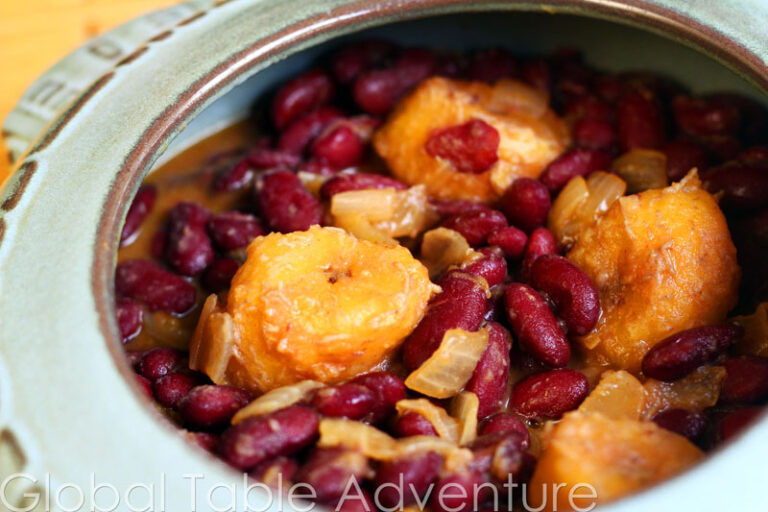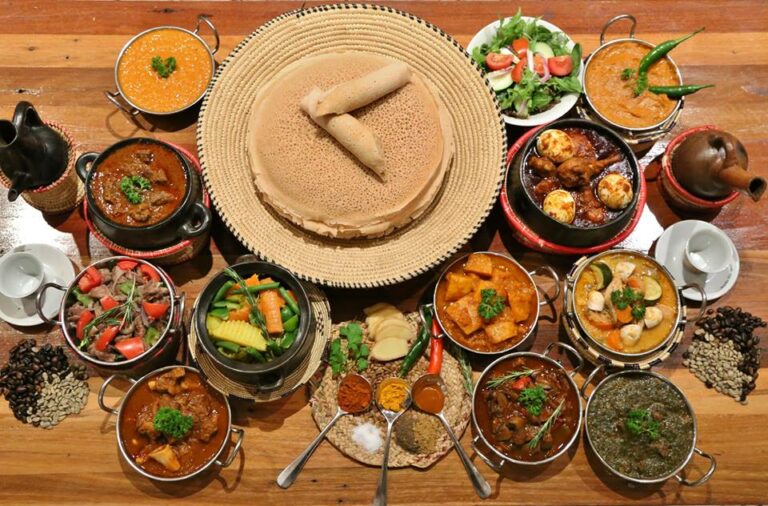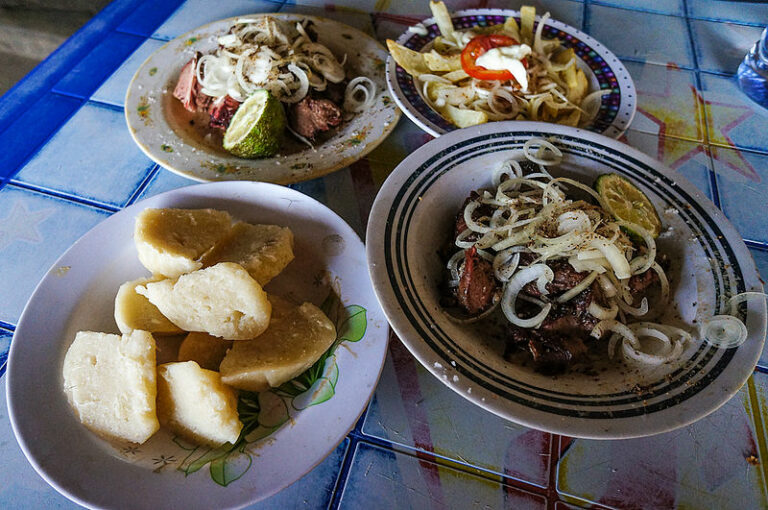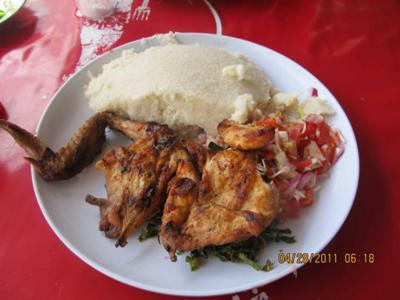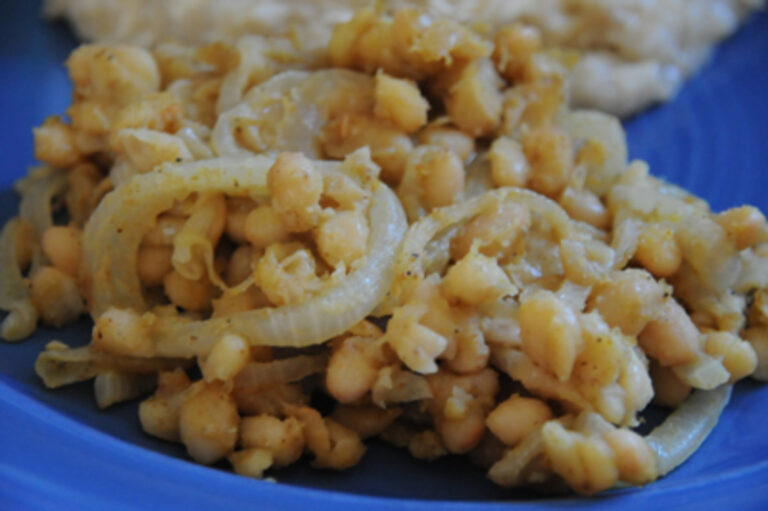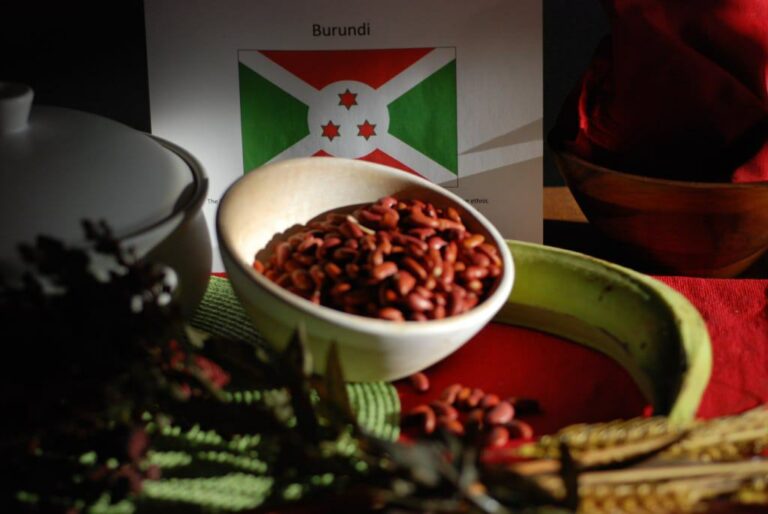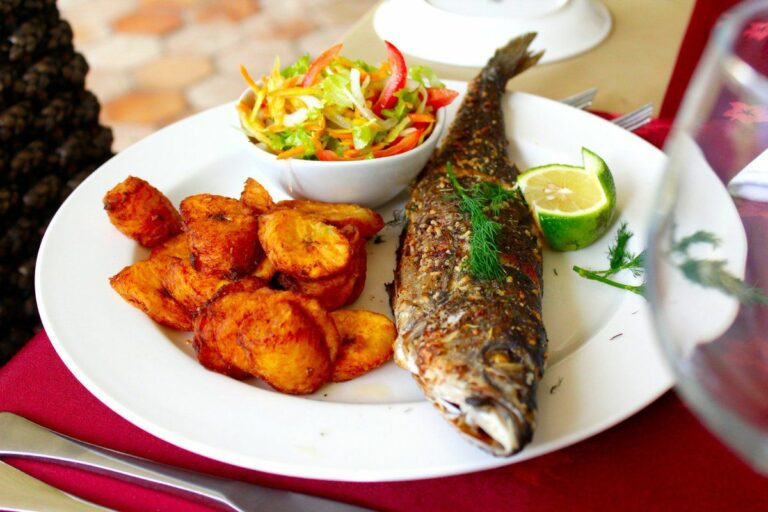Introduction: Burundian cuisine in [city]
Burundian cuisine may not be as well-known as some of its African counterparts, but it offers a unique and flavorful experience that is worth seeking out. In [city], there are several restaurants that specialize in Burundian cuisine, offering diners the chance to try dishes that are rich in spices, bold in flavor, and often served communal style.
The cultural significance of Burundian cuisine
Burundian cuisine is deeply rooted in the country’s culture and history. The country is known for its fertile land and abundant crops, which form the basis of many of its dishes. Burundian cuisine is heavily influenced by neighboring countries like Tanzania, Rwanda, and the Democratic Republic of Congo, as well as by European and Middle Eastern flavors that have been introduced over time. Burundian cuisine is often served communal style, with large platters of food shared among diners. This reflects the country’s emphasis on community and hospitality, and the importance of sharing meals with family and friends.
Factors to consider when choosing a Burundian restaurant
When choosing a Burundian restaurant in [city], there are several factors to consider. First and foremost, you want to ensure that the restaurant serves authentic Burundian cuisine, with fresh and high-quality ingredients. You may also want to consider the atmosphere of the restaurant, whether it’s casual or formal, and the price range of the menu. Finally, you may want to read reviews or ask for recommendations from friends or family who have tried Burundian cuisine in [city].
Top Burundian restaurants in [city]: a comprehensive list
Here are some of the top Burundian restaurants in [city]:
- [Restaurant name]: This restaurant is known for its delicious Burundian stews and starchy side dishes, which are served in generous portions. The atmosphere is casual and welcoming, and the prices are affordable.
- [Restaurant name]: This restaurant serves a range of Burundian dishes, from grilled meats to hearty vegetable stews. The restaurant also offers a variety of vegetarian and vegan options. The atmosphere is cozy and intimate, and the prices are moderate.
- [Restaurant name]: This restaurant specializes in traditional Burundian dishes, including grilled meats, fish stews, and cassava-based dishes. The restaurant is known for its warm hospitality and attentive service, and the prices are on the higher end.
Authentic Burundian dishes to try at these restaurants
Some of the must-try Burundian dishes at these restaurants include:
- Ibiharage (bean stew)
- Isombe (cassava leaves with peanut sauce)
- Inyama n’ibitoke (grilled meat and plantains)
- Imigati (sweet potato and beans)
- Igishikati (grilled goat meat)
Menu options for vegetarians and vegans
Many Burundian dishes are naturally vegetarian or vegan, but some restaurants may also offer specific menu items for these dietary restrictions. Some vegetarian and vegan-friendly dishes to try include:
- Imigati (sweet potato and beans)
- Isombe (cassava leaves with peanut sauce)
- Ibirayi (rice with vegetables)
- Ubugali (cassava or cornmeal porridge)
Reservation and dining tips for Burundian restaurants
It’s always a good idea to make a reservation at a Burundian restaurant, especially if you plan to dine during peak hours. Many restaurants may also require a minimum order for large groups or communal-style dishes. When dining at a Burundian restaurant, be prepared to eat with your hands, as this is a common practice in the country. Finally, be sure to try the local beer, Primus, which is a popular drink in Burundi.
Conclusion: Enjoy the flavors of Burundi in [city]
Burundian cuisine may not be as well-known as some other African cuisines, but it offers a unique and flavorful experience that is worth exploring. With several Burundian restaurants in [city], diners have the opportunity to taste traditional dishes and experience the country’s rich culture and history through its food. Whether you’re a meat-eater or a vegetarian, there are plenty of options to choose from, so don’t hesitate to book a table and enjoy the flavors of Burundi in [city].

![Can you recommend some Burundian restaurants in [city]?](https://foodnerdy.com/blog/wp-content/uploads/2023/05/burundi.jpg)

